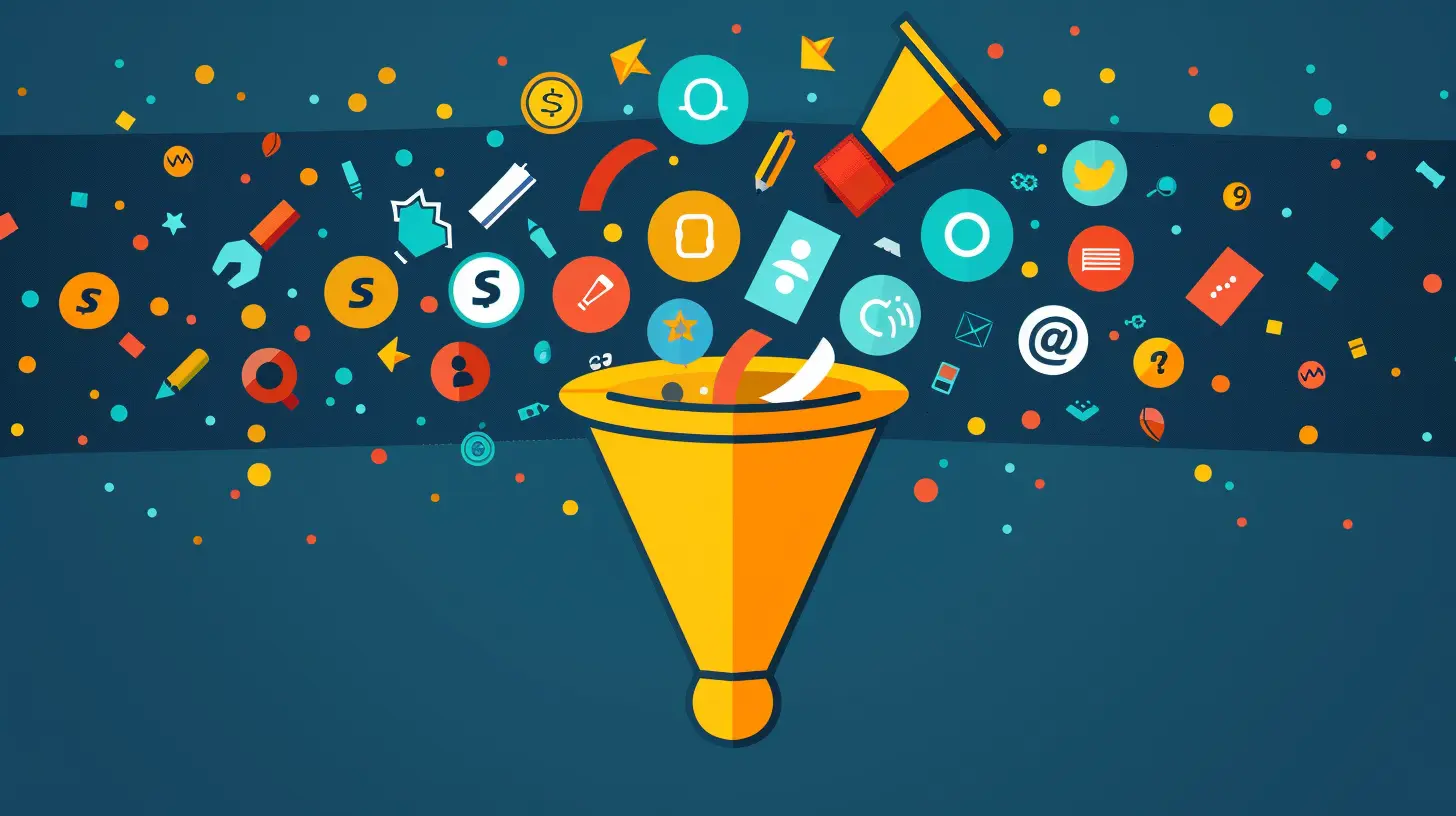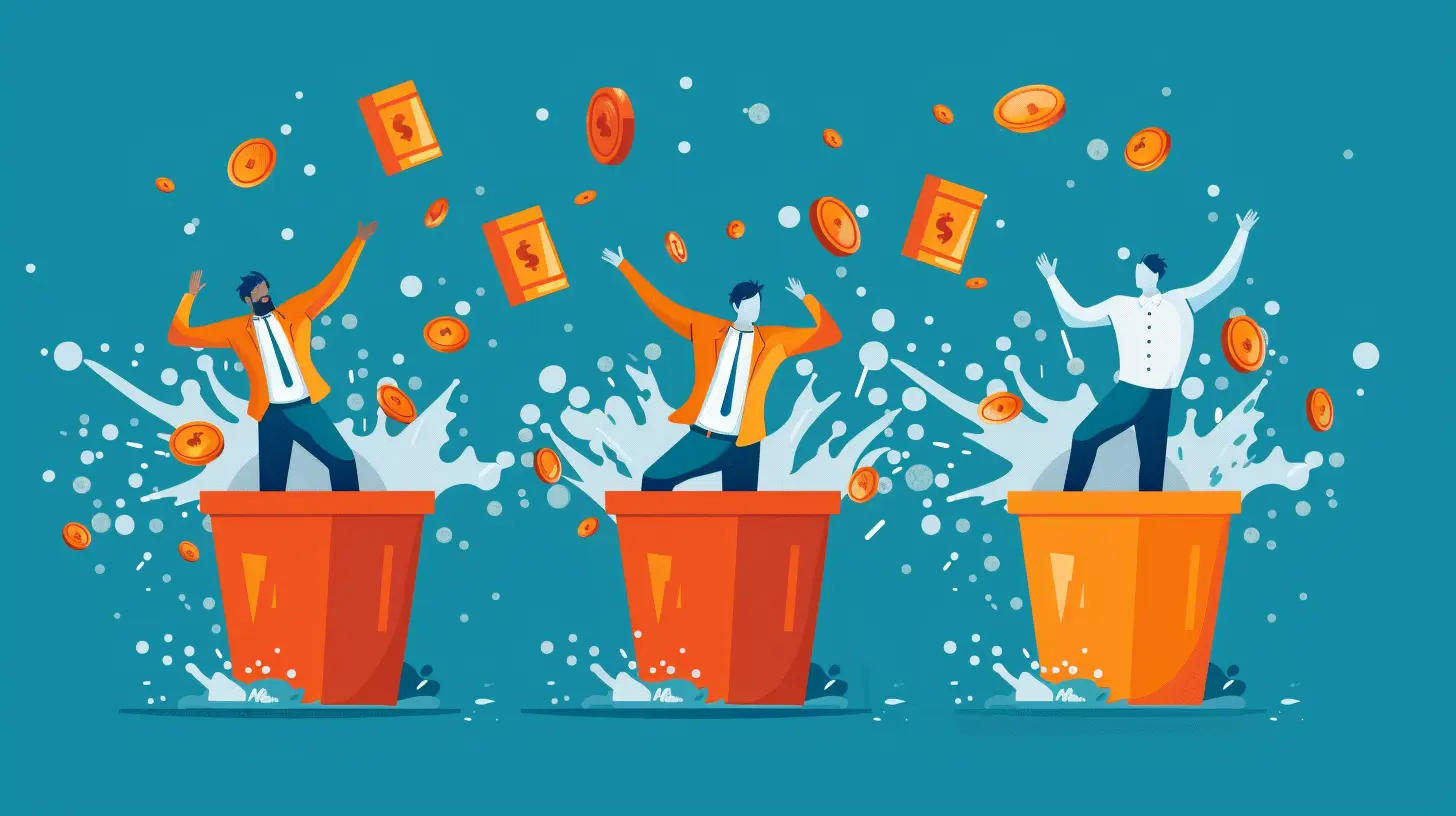Reducing Customer Churn in a B2B Environment
29 May 2025
Let’s face it—losing customers stings. It’s like pouring water into a leaky bucket. No matter how much effort you put into acquiring new customers, if your existing ones are sneaking out the back door, it’s hard to grow your business. Customer churn is one of the most frustrating challenges for B2B companies to tackle, but it’s not impossible.
In this article, we’re diving into what customer churn is, why it happens in a B2B environment, and—most importantly—how you can reduce it. By the end, you’ll have actionable strategies to keep your customers sticking around for the long haul. Ready? Let’s get into it! 
What Is Customer Churn, Anyway?
Okay, first things first—what’s customer churn? In plain terms, churn happens when a customer stops doing business with you. It’s the opposite of customer retention.For example, imagine you’ve signed a client for a subscription-based SaaS product. If they cancel their subscription after a few months, that’s churn. In a B2B environment, churn can look like clients ending contracts, downgrading services, or not renewing their commitments.
High churn rates can seriously hurt your revenue, but the real kicker? It costs WAY more to acquire a new customer than to keep an existing one. So, reducing churn isn’t just about saving money; it’s about building long-term relationships that benefit both sides. 
Why Does Customer Churn Happen in a B2B Environment?
Let’s unpack why churn happens, especially in B2B. Spoiler alert: it’s not always about your pricing or product.1. Lack of Value Perception
If customers don’t see the ROI (return on investment) from your product or service, they’ll leave. In B2B, companies need tangible results—and fast. If they’re not seeing the needle move, they’ll start considering alternatives.2. Poor Onboarding Process
First impressions matter. If your onboarding process feels like a maze or leaves clients confused, they’ll feel frustrated from the get-go. And when frustration builds up, clients are more likely to churn out.3. Ineffective Communication
Are you checking in with your customers regularly? If you disappear after closing the deal, it sends a signal that you don’t care. Relationships thrive on communication, and businesses are no exception.4. Lack of Customization
In a B2B environment, cookie-cutter solutions might not cut it. If your product or service doesn’t align with your customer’s unique needs, they’ll look for someone who “gets” them better.
The Hidden Cost of Ignoring Churn
Here’s the thing—churn doesn’t just impact your revenue. It affects your brand, time, and morale too.When customers leave, they usually don’t do so quietly. They might write negative reviews, complain to colleagues, or worse—spread word of mouth about their poor experience. This can ripple through your potential customer base like wildfire.
Plus, constantly dealing with churn distracts your team from focusing on growth. Wouldn’t you rather spend time nurturing relationships than putting out fires? 
Actionable Strategies to Reduce Customer Churn
Now for the good stuff—how do you fix it? The key is to be proactive, empathetic, and always a few steps ahead of your customers’ needs. Here’s a toolbox of strategies to help you reduce churn in your B2B environment.1. Deliver Exceptional Onboarding
Think of onboarding as the honeymoon phase of your relationship with a customer. Make it count!- Create a Step-by-Step Guide: Offer an easy-to-follow roadmap that helps the customer hit the ground running.
- Assign a Dedicated Account Manager: Having a “go-to” person builds trust and streamlines communication.
- Follow Up Relentlessly: Check in regularly during the first three months to address concerns before they escalate.
2. Get Personal with Customer Support
Automated responses are great for quick fixes, but nothing beats the human touch when your client has a pressing concern.- Build a Knowledge Base: Let’s be real—no one likes waiting on hold. Equip your clients with resources like FAQs, how-to guides, or videos so they can troubleshoot problems on their own.
- Add a Feedback Loop: Regularly ask for input on how you can improve. It shows you care and keeps you evolving in the right direction.
3. Be a Data Detective
Data is your best friend when it comes to reducing churn.- Track Key Metrics: Keep an eye on churn rate, usage stats, and Net Promoter Scores (NPS). A dip in usage could be an early signal of dissatisfaction.
- Segment Your Customers: Not all clients are the same. By segmenting them (e.g., by industry, size, or budget), you can offer tailored solutions.
- Predict Behavior: Harness tools like predictive analytics to identify which customers are at risk of leaving—and act fast!
4. Offer Real Value, Constantly
In a B2B environment, your customers need to feel they’re getting the best bang for their buck.- Provide Ongoing Education: Host webinars, release whitepapers, or send newsletters with actionable tips that help them get more from your product.
- Show Results: Highlight case studies, ROI reports, or success stories to prove your worth.
- Overdeliver: Throw in a surprise feature or discount now and then to delight your clients.
5. Build Strong Relationships
Remember, people do business with people they trust.- Establish Regular Check-Ins: Schedule quarterly business reviews to evaluate goals, listen to feedback, and adjust as needed.
- Celebrate Milestones: Did your client hit a big goal with your help? Celebrate it! Something as simple as a congratulatory email can leave a lasting impression.
- Be Transparent: If there’s a hiccup on your end, admit it. Clients appreciate honesty over excuses.
6. Focus on Customer Success
Here’s where the rubber meets the road. Customer success isn’t just about solving problems; it’s about helping clients achieve their objectives.- Define Success Metrics: Understand what “success” looks like for your customer and help them achieve it.
- Be Proactive, Not Reactive: Don’t wait for clients to come to you with issues. Anticipate their needs and reach out first.
- Invest in a Customer Success Team: If you can, a dedicated team to focus on customer-centric strategies can be a game-changer.
The Role of Technology in Reducing Churn
Tech is your trusty sidekick in the fight against churn. With the right tools, you can stay ahead of potential problems and keep your customers happy.- CRM Software: Keep track of your client interactions to ensure nothing falls through the cracks.
- Customer Feedback Tools: Use tools like NPS surveys or live chat analytics to gather real-time insights.
- Predictive Analytics: Identify at-risk customers early with AI-powered tools that predict churn risk.
Final Thoughts
Reducing customer churn in a B2B environment isn’t a one-off task—it’s an ongoing process. It’s about being empathetic, proactive, and focused on building relationships that last.Think of your customers as partners, not transactions. When you prioritize their success, your success follows naturally. By implementing the strategies outlined above, you’ll not only reduce churn but create a loyal client base that advocates for your brand.
So, what’s your first step? Whether it’s improving your onboarding process, refining your communication, or leveraging data, pick one strategy today and start making changes. Your future self (and your bottom line) will thank you!
all images in this post were generated using AI tools
Category:
B2b MarketingAuthor:

Caden Robinson
Discussion
rate this article
2 comments
Astrid Sullivan
Great insights! Retaining customers is vital.
June 9, 2025 at 2:17 AM

Caden Robinson
Thank you! I completely agree—customer retention is crucial for long-term success in B2B.
Jonah McNeal
This article provides valuable insights into reducing customer churn in B2B environments. By emphasizing proactive communication, personalized solutions, and consistent follow-ups, businesses can foster stronger relationships with clients. Implementing these strategies not only enhances customer satisfaction but also promotes long-term loyalty, ultimately driving sustainable growth for the organization.
June 3, 2025 at 4:32 AM

Caden Robinson
Thank you for your positive feedback! I'm glad you found the insights on proactive communication and personalized solutions valuable for fostering client relationships and driving growth.


